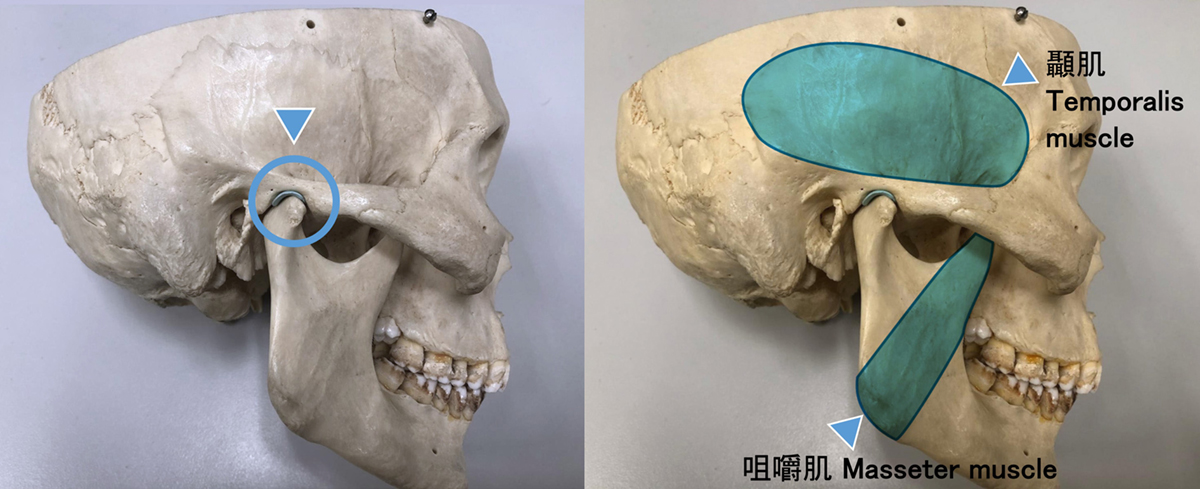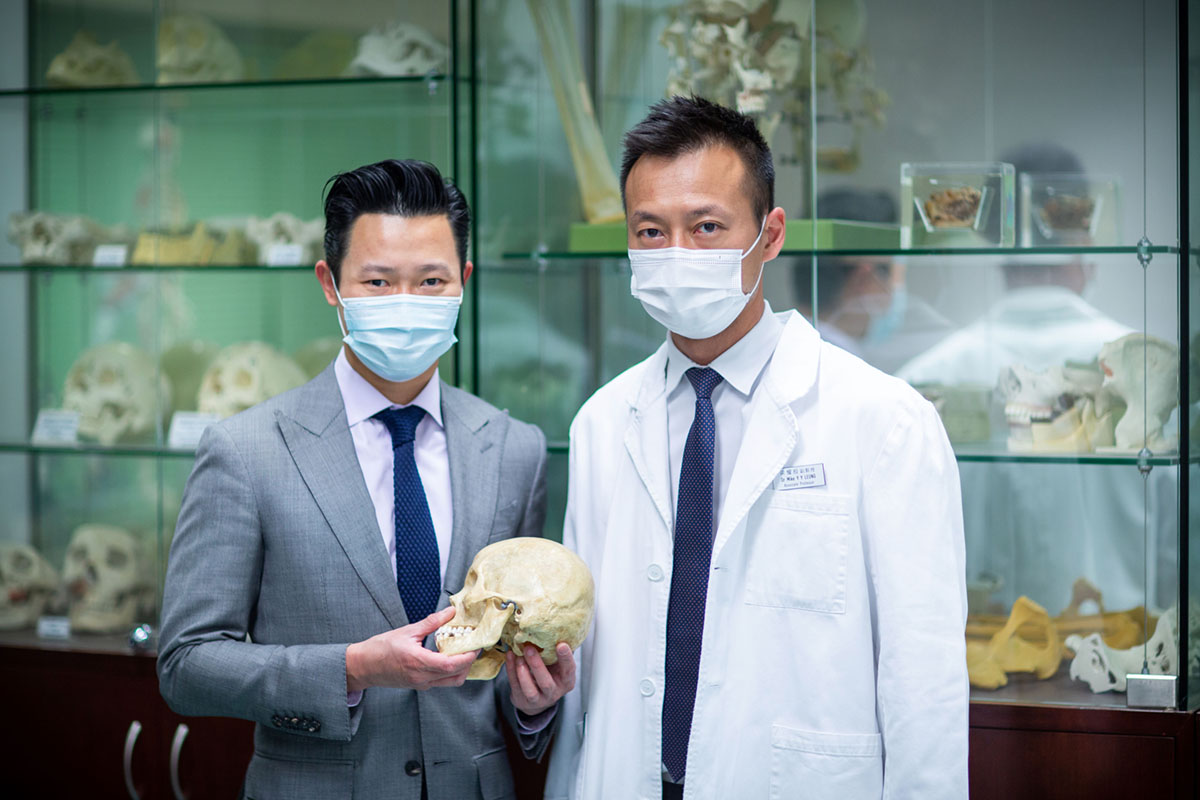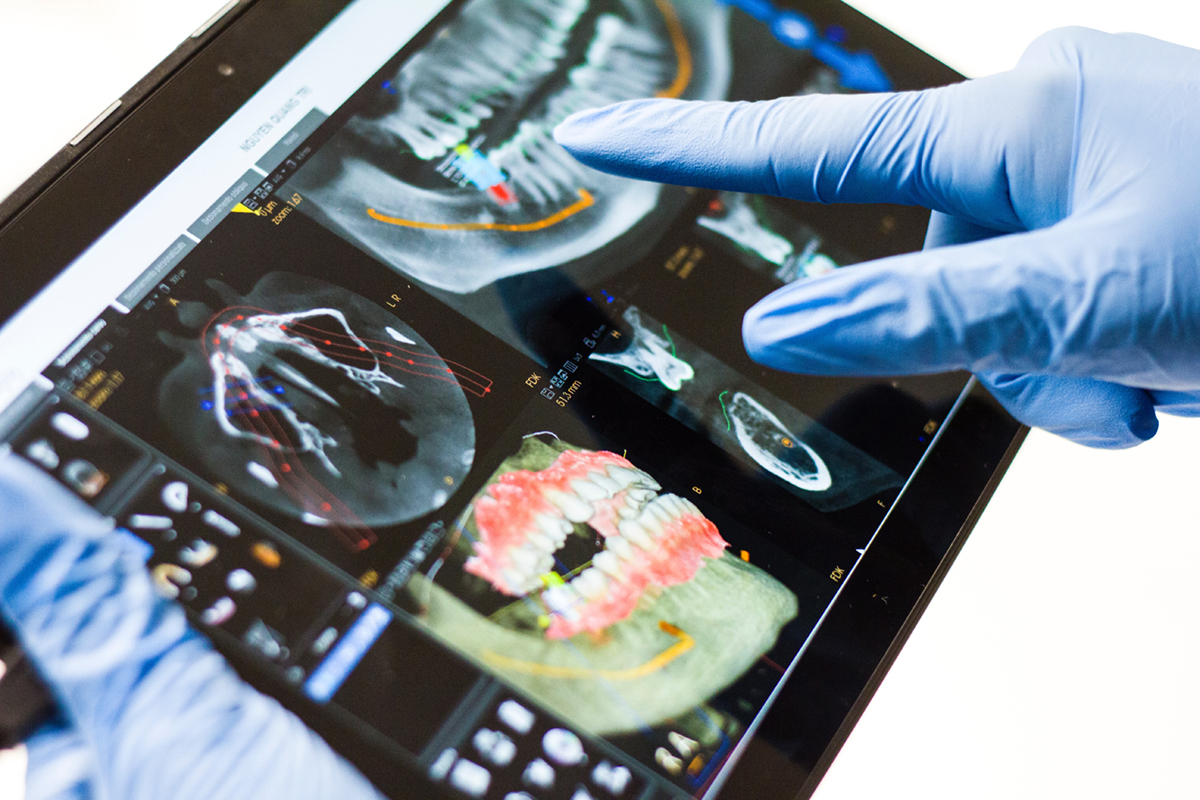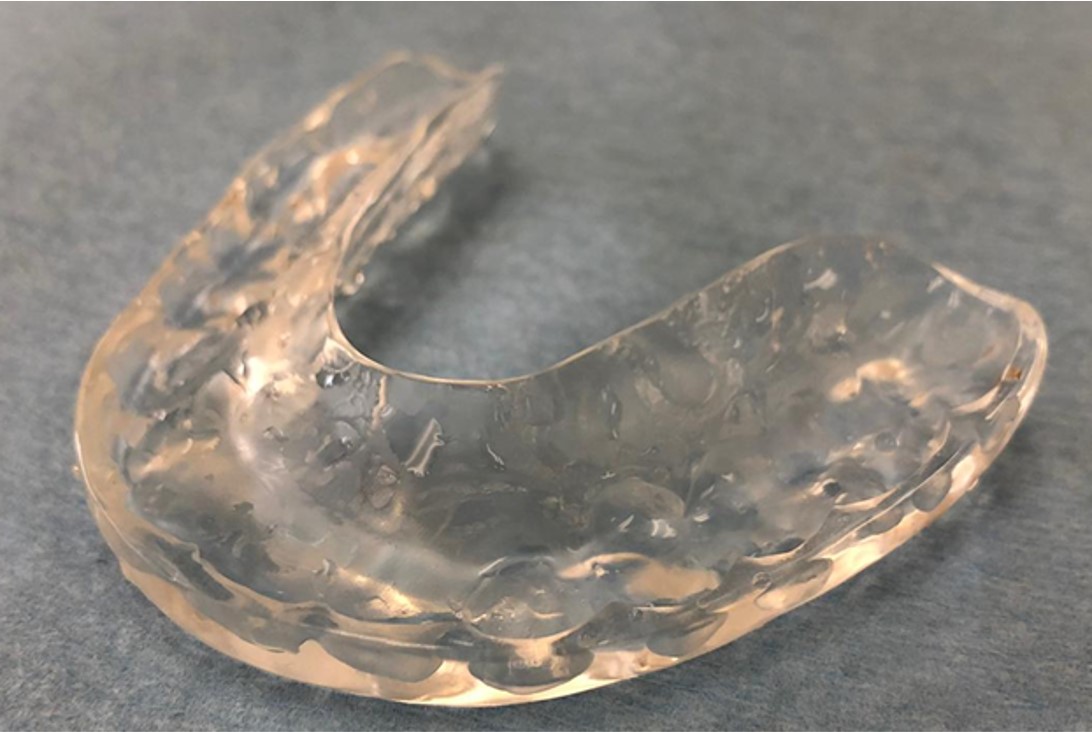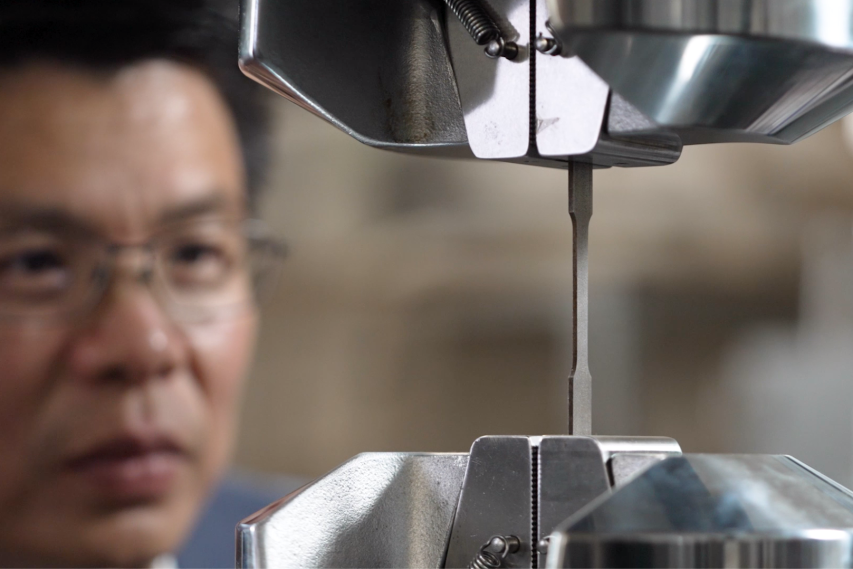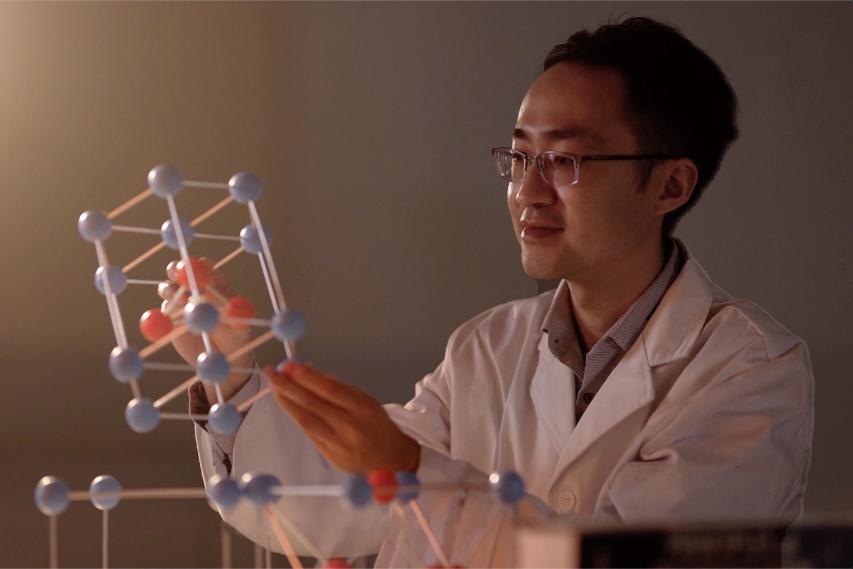Old Method New Application-
Arthrocentesis is more effective in improving TMDs?
Have you ever experienced pain in your jaw while you are chewing, laughing or yawning? If so, then bad news for you – there is a chance that you might have temporomandibular disorder (TMD), which may affect the temporomandibular joint (TMJ) or muscles.
From what is revealed by the National Institute of Dental and Craniofacial Research (2018), the prevalence of TMD is between 5% and 12%, and is at least twice as common in women as in men. Also, the rates of TMD are higher among younger people, so watch out for yourself or your younger peers. These statistics tell us one simple fact – do not dismiss TMD lightly as a trivial oral disease. But worry not, there are two approaches to improving TMD.
Conservative Approach VS Integrated Approach
For many types of TMD, medication and occlusal splint are some of the conservative treatment options. Clinical Assistant Professor Dr Dion Li (Principal investigator) and Clinical Associate Professor Dr Mike Leung from Oral and Maxillofacial Surgery of HKU Faculty of Dentistry recently applied arthrocentesis and occlusal splint as an integrated treatment for TMD.
As indicated by a study comparing arthrocentesis as the first-line treatment to that of conventional treatment alone, the integrated treatment with arthrocentesis and splint has proven to be more effective. The pain level of patients with integrated treatment was rated only at 2.6 (out of 10) after six weeks of therapy, and their maximum mouth opening (MMO) reached 40.8 mm, which sits within the general MMO for adults that ranges from 35 to 55mm. For the conservative treatment method though, the pain level remained at 6.5 (out of 10) and the mouth opening reached only a maximum of 30.5 mm.
Let’s talk more about TMD – causes & symptoms
As you may have guessed already by now, muscle pain and joint disorders are the common causes of TMD. In the case of muscle pain, this may be a result of parafunctions such as gum chewing, eating hard food and habitual tooth grinding or clenching when you are stressed. These are all damaging your teeth and hurting your jaw.
For joint disorders, it may have something to do with disc displacement and inflammation. Between the jaw bone and the temporal bone of the TMJ is a cartilaginous disc. If the disc becomes displaced, you may experience clicking or popping sounds during jaw function, and that may contribute to pain in the TMJ. At the same time, your mouth opening may feel obstructed, which may affect daily functions such as eating, talking and yawning. On top of that, the pain may radiate to the head, face, or teeth. If these symptoms do not improve after 2 to 3 weeks, you are strongly advised to consult a dentist.
How to treat TMD?
Conventional treatments for most types of TMD include non-steroidal anti-inflammatory (NSAIDs), physiotherapy, soft diet, occlusal splint and so on. When no sign of clinical improvement is shown even with the above methods, arthrocentesis will be offered to those with joint dysfunction. Unfortunately, patients suffering from muscle pain only are not candidates for arthrocentesis.
A Bit More on Arthrocentesis
Arthrocentesis, also known as joint lavage, has been a standard treatment since the early 1990s. It is a clinical procedure that involves application of two small needles near the TMJ to remove inflammatory substances, fibrous adhesion of the joints and also negative pressure inside the TMJ. The joint will be washed thoroughly with Normal Saline.
Arthrocentesis is a simple and safe treatment, which normally takes around 15-20 minutes in a clinical setting, with a high efficacy of 80-85%. Not only is it a minimally invasive procedure, it also helps to alleviate pain and improve jaw function, as indicated in countless scientific research. Hence, there are ongoing studies regarding the potency of arthrocentesis to achieve instant clinical effect and tackle chronic pain.
Conventional Treatment or Arthrocentesis?
Curious readers may ask – when will the treatment progress from the conventional approach to arthrocentesis? Indeed, this is a good question which points us back to the integrated method Dr Li and Dr Leung have recently adopted.
On one hand, early consultation and treatment is likely to eliminate TMD. Although chronic disease is generally considered only if the symptoms have lasted for more than 3 months, the consequence of delaying effective treatment makes it more difficult to treat. On the other hand, if arthrocentesis is found to be effective as a first-line treatment, it can prevent the progression of TMD into chronic disease.
Dr Li said that they have been conducting research regarding the timing of arthrocentesis at the HKU Faculty of Dentistry. According to their preliminary results, they believe that adopting the integrated treatment with arthrocentesis and occlusal splint as an early treatment for TMD leads to a more effective clinical response. “It will be a growing trend in oral and maxillofacial surgery,” said Dr Dion Li. Dr Leung added, “We will continue to conduct research and find the solution to improve the treatment for patients with TMD.”
Anyhow, it is too early to determine which treatment method and when to apply is the best at this stage. It remains a question unanswered in the existing scientific literature. But with continuous research effort, as Dr Li and Dr Leung have been doing, perhaps it will not be long till we get some answers.
Header Image - Picture: Pexels


